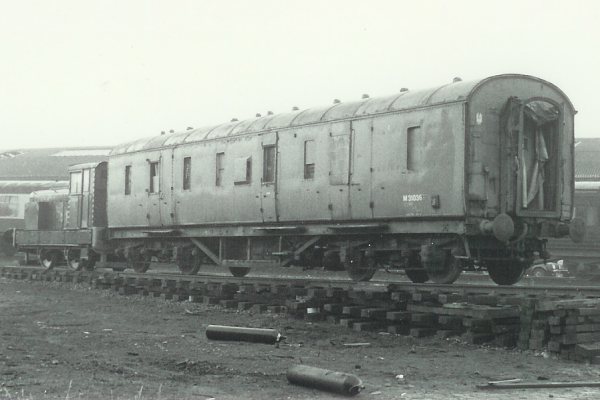


There was a time when all trains needed a "brake" vehicle for the accommodation of the train guard, who had safety responsibilities for the operation of the train. Back then, when road transport was not conveniently available and when coaches were economical to construct, the railway carried a whole range of necessary goods by passenger train. Letter mail was carried by rail throughout Britain, brought to stations and taken away by the Royal Mail. Newspapers were a major traffic, and, like mail, required immediate delivery. In country districts, milk might be transported in churns, small livestock was conveyed, and everywhere parcels traffic was carried on behalf of Royal Mail and as part of the railway's own parcels service. In addition, passengers' luggage could be bulky, and might be consigned separately. Traffic was very extensive, and to manage it at stations, an army of porters and clerks was employed.
All this on-train traffic gave the train guard another duty - to manage its receipt and delivery at appropriate stations and to keep paper records.
The outcome of these needs was that brake vans had to provide storage and working space for train guards. Special trains might be operated (commonly for mail, newspapers and parcels) or smaller volumes of traffic could be carried in the brake van of scheduled passenger trains.
This carriage is a "Full Brake" with accommodation only for goods and for the guard, and with no space for passengers. It is, however, still a carriage rather than a goods van, built to match the appearance of passenger vehicles, fitted with corridor connections, and designed so it could work at speed as part of a passenger train. This is the only example of this LMS design in preservation.
Changes in traffic by rail have greatly reduced the need for storage space on modern trains, to the point where maximising the number of passenger seats available has made conveyance of large objects such as bicycles a very uncertain process.
